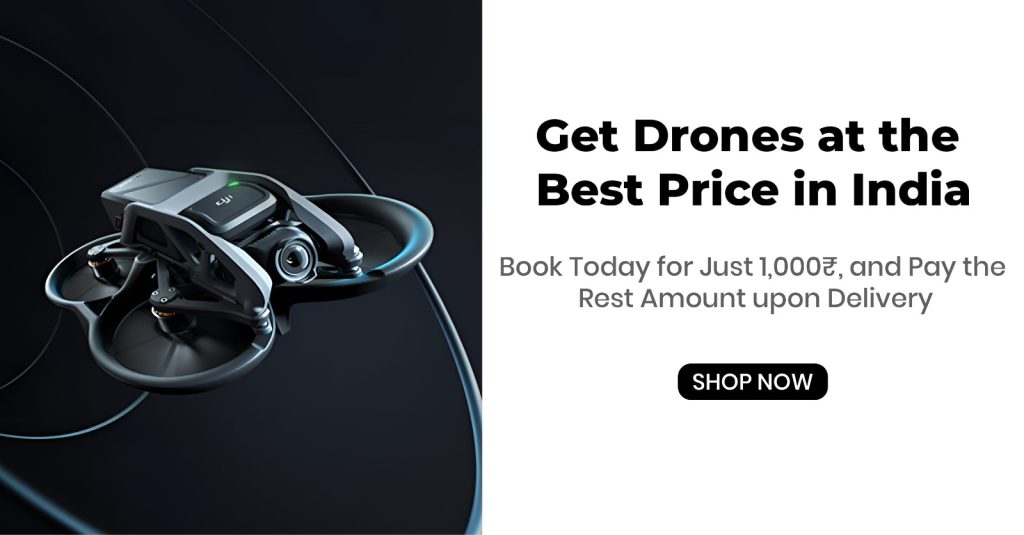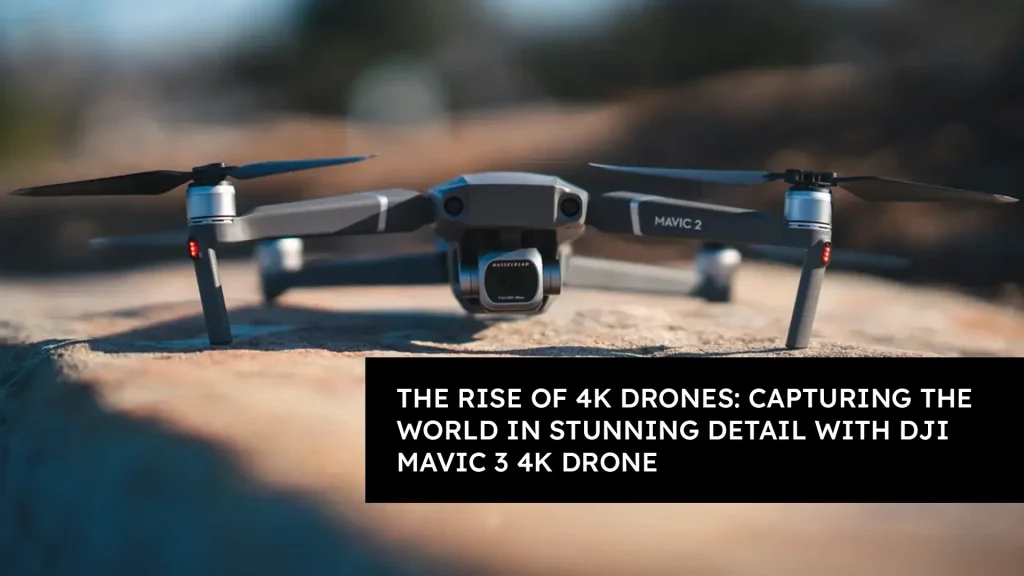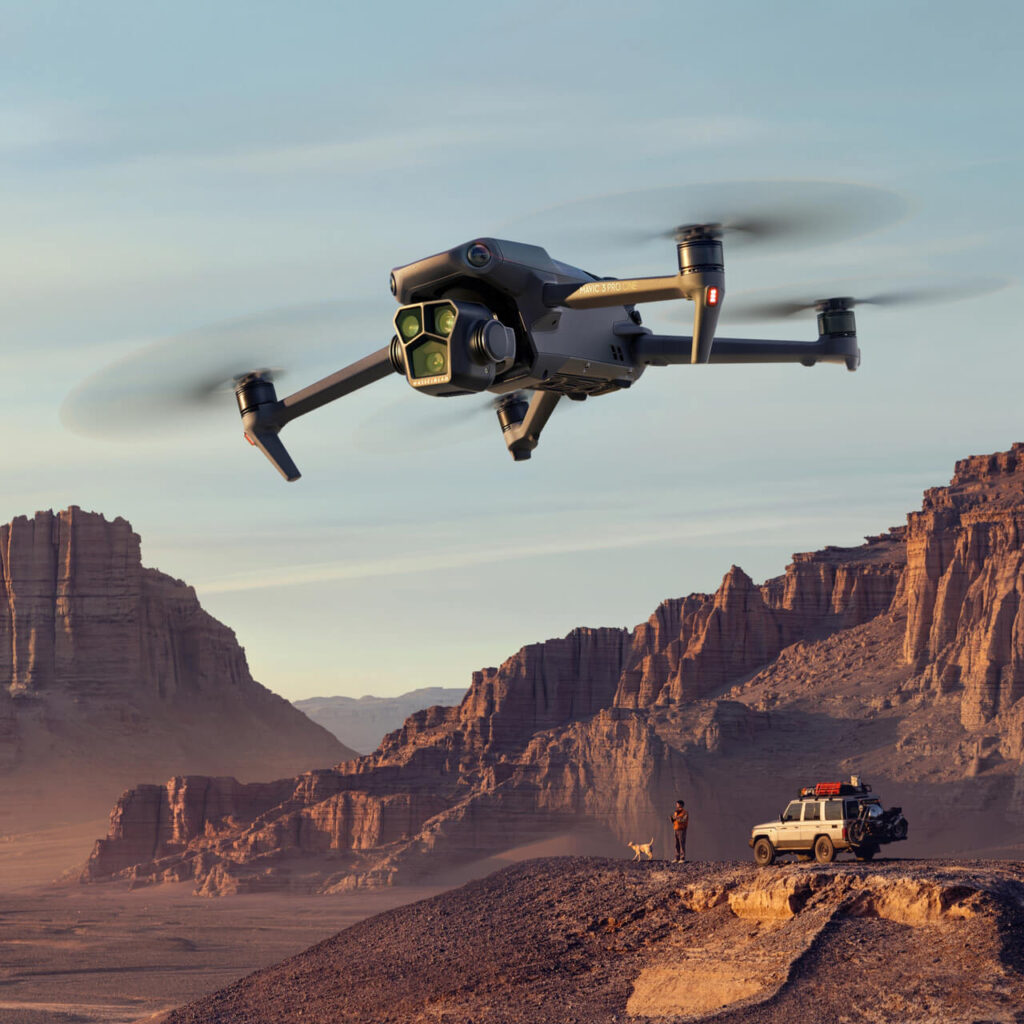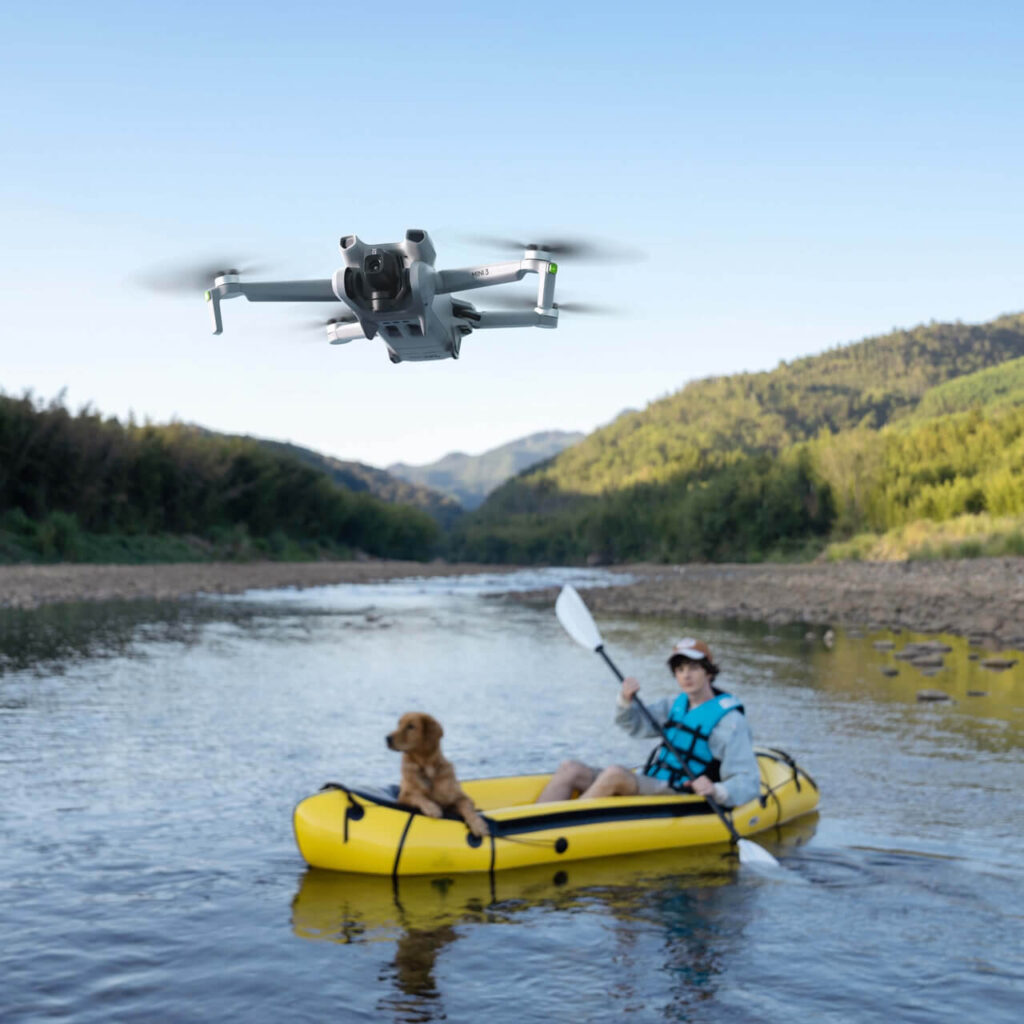In recent years, the world of aerial photography and videography has witnessed a remarkable transformation with the advent of 4K drones. These cutting-edge flying machines equipped with ultra-high-definition cameras have revolutionised the way we capture and experience the world from above. Among the most renowned 4K drones, the DJI Mavic 3 stands out as a groundbreaking device that has taken aerial imaging to new heights. In this blog, we will explore the rise of 4K drones, the benefits they offer, how to choose the right one, tips for shooting breathtaking footage, and their potential implications for the future.
What is a 4K Drone?
A 4K drone refers to an unmanned aerial vehicle (UAV) equipped with a camera capable of recording video at a resolution of approximately 3840×2160 pixels, commonly known as 4K Ultra High Definition (UHD). This level of resolution provides stunning clarity and detail, allowing aerial photographers and videographers to capture scenes with unparalleled sharpness and realism. The DJI Mavic 3, a leading 4K drone, exemplifies this capability, enabling users to record breathtaking footage from high altitudes.
Why are 4K Drones Becoming More Popular?
The growing popularity of 4K drones can be attributed to several factors. Firstly, advancements in drone technology have made them more accessible and user-friendly, appealing to a wider audience of hobbyists, enthusiasts, and professionals. Additionally, the increasing demand for high-quality content on social media platforms, documentaries, and marketing campaigns has fueled the need for better aerial imagery. 4K drones provide content creators with a powerful tool to capture stunning visuals that stand out in a crowded digital landscape.

Benefits of Using a 4K Drone
- Superior Image Quality: The primary advantage of 4K drones is their ability to capture incredibly detailed and sharp images, allowing for better post-processing and editing possibilities.
- Versatility: 4K drones are not limited to videography; they can also take high-resolution still photographs, making them suitable for a wide range of creative projects.
- Stability and Maneuverability: Leading 4K drones, such as the DJI Mavic 3, come equipped with advanced stabilization technologies, making it easier to capture smooth and steady footage even in challenging flying conditions.
- Real-Time Monitoring: Many 4K drones offer live video streaming to a smartphone or tablet, allowing users to see what the drone’s camera sees in real-time, enhancing the overall flying experience and ensuring the perfect shot.
Different Types of 4K Drones
Several types of 4K drones cater to various user needs:
- Consumer Drones: These drones are designed for hobbyists and beginners, offering ease of use and essential 4K capabilities.
- Prosumer Drones: Prosumer drones strike a balance between consumer and professional-grade models, offering more advanced features and better image quality.
- Professional Drones: Geared towards filmmakers, photographers, and commercial applications, professional 4K drones provide top-of-the-line specifications and customization options.
How to Choose a 4K Drone
When selecting a 4K drone, consider the following factors:
- Camera Specifications: Look for drones with larger sensors, higher resolution, and adjustable frame rates to suit your creative needs.
- Flight Time: Longer flight times allow for extended shooting sessions without the need to frequently land and recharge the drone.
- Range and Connectivity: Ensure the drone has a stable and reliable connection between the remote controller and the drone itself, as this affects the quality of the live video feed and the drone’s responsiveness.
- Obstacle Avoidance: Advanced obstacle avoidance systems can prevent collisions and accidents during flight, making them a valuable safety feature.
- Portability: If you plan to travel frequently with your drone, consider a compact and foldable design for easier transportation.
Tips for Shooting 4K Drone Footage
- Plan Your Shots: Prepare a shot list and storyboard before flying the drone to maximize your flight time and capture the desired footage effectively.
- Utilize ND Filters: Neutral Density (ND) filters help control exposure and create more cinematic footage by reducing shutter speed in bright conditions.
- Master Manual Settings: Take advantage of manual camera settings to have greater control over the exposure, shutter speed, ISO, and white balance.
- Use Intelligent Flight Modes: Most 4K drones offer intelligent flight modes like ActiveTrack and Waypoints, which simplify complex shots and improve the overall composition.
Examples of Stunning 4K Drone Footage
Here are some inspiring examples of breathtaking 4K drone footage: [Include links to YouTube videos or other online sources]
Conclusion
As technology continues to evolve, we can expect 4K drones to become even more sophisticated and accessible. Advancements in battery life, camera sensors, and automation will make 4K drones more user-friendly and versatile, opening up new creative possibilities for aerial content creation.




